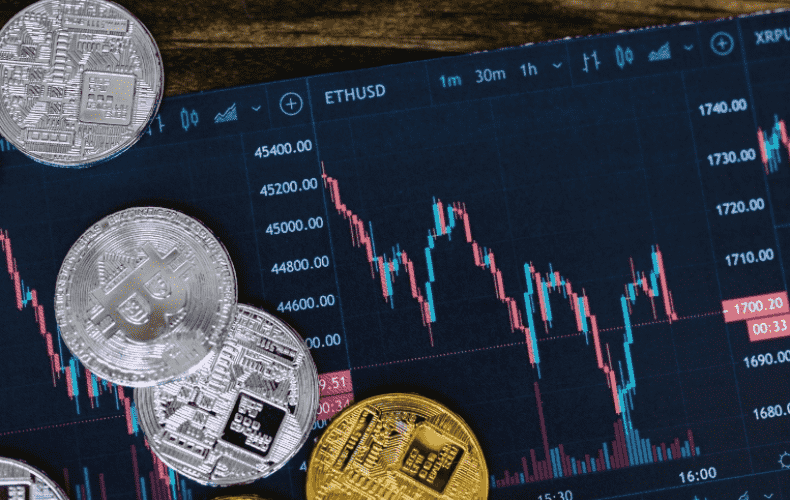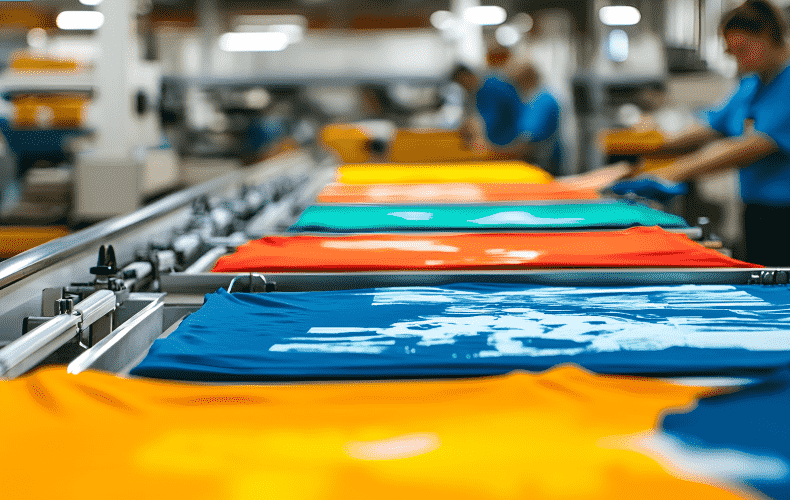
Crypto Investment Entry and Exit Strategies of Institutional Investors
Section: Business
There is no end to the rise in consumer prices in Germany. Above all, the price rally for gasoline and diesel has apparently driven the inflation rate up further. As the Federal Statistical Office in Wiesbaden announced on Thursday after an initial estimate, consumer prices in Germany rose by 4.5 percent in October compared to the same month last year, after 4.1 percent in September.
This was the highest inflation rate in Germany for 28 years. In October 1993, just a few years after reunification, the rate had last been 4.5 percent - but had subsequently fallen again.Prices for gasoline and heating oil, in particular, have risen unusually sharply recently. At times, drivers had to spend 1.90 euros and more for a liter of Super E10, at least on the autobahns. The average price is now 1.684 euros. At 1.572 euros per liter, diesel is even more expensive than ever before.
More detailed information on the rise in consumer prices can be found in the figures published by the state statistical offices. In North Rhine-Westphalia, for example, fuel prices rose by 33.7 percent compared with the same month a year ago. This was apparently the decisive factor in the rise in the cost of living. In September, the increase had already amounted to 28.6 percent. Diesel became even 41.7 percent more expensive than one year ago; the smaller tax portion in comparison to super lets the price increase affect crude oil more strongly.
Without heating oil and fuels, the inflation rate in North Rhine-Westphalia would have been 3 instead of 4.5 percent, Holger Schmieding, the chief economist at Bankhaus Berenberg, points out. For other prices, which had also made the headlines in recent months, the situation had even calmed down somewhat. For food, the inflation rate in North Rhine-Westphalia had fallen somewhat to 4.3 percent, after 4.9 percent in September.
For package tours, the increase moderated from 3.4 percent in September to 2.4 percent in October as the main travel season came to an end, he says. Year-over-year comparisons for apparel prices have been quite volatile recently, as last year's pandemic upset the seasonal pattern of the usual summer sales, Schmieding says: "Here, the year-over-year rate fell to 0.8 percent in October, down from 2.6 percent in September."
In contrast, citizens continue to enjoy the freedom of being able to dine out again almost without restriction. "With high demand, relatively high food prices, and a shortage of waiters, restaurant services in NRW were 4 percent more expensive in October than a year earlier, following a 3.8 percent year-on-year increase in September," Schmieding says.
The German Savings Banks and Giro Association published a survey that inflation is currently the biggest concern for many savers. 73 percent of people were critical of the inflation trend. Among the over-60s, the figure was 85 percent, and 61 percent in the 14-29 age group.A further increase in the inflation rate is expected, at least for November. Commerzbank predicts that a five before the decimal point will be seen before the end of this year. The Bundesbank has estimated that the rate will at least continue to move "in the direction of 5 percent" - but will fall again next year. Commodity prices, in particular, had recently shown ever higher rates of increase.
On Wednesday, the Federal Statistical Office reported that import prices in Germany were 17.7 percent higher in September than in the same month last year. The last time there had been a higher price increase was in August 1981, during the second oil price crisis. Energy imports as a whole were 107.1 percent more expensive in September than a year earlier. Prices for natural gas rose by 170.6 percent, those for imported coal by 135.7 percent, and those for crude oil by 75.5 percent.
Next year, certain factors surrounding Corona, which are currently artificially driving up inflation, as it were, should cease to apply. Many economists and also the central banks then expect inflation rates to fall to some extent. How far down this will go, however, is disputed. The Bundesbank has expressed the assumption that the inflation rate in Germany will still be more than 2 percent by the middle of next year.However, there are also indications that inflation rates could even be permanently higher. British professor Charles Goodhart, for example, has drawn attention to the fact that certain factors, such as globalization and demographic trends, which have so far kept inflation low, could be partially reversed.

Section: Business

Section: Arts

Section: Arts

Section: Business

Section: Business

Section: Arts

Section: Health

Section: Arts

Section: News

Section: News
Health Insurance in Germany is compulsory and sometimes complicated, not to mention expensive. As an expat, you are required to navigate this landscape within weeks of arriving, so check our FAQ on PKV. For our guide on resources and access to agents who can give you a competitive quote, try our PKV Cost comparison tool.
Germany is famous for its medical expertise and extensive number of hospitals and clinics. See this comprehensive directory of hospitals and clinics across the country, complete with links to their websites, addresses, contact info, and specializations/services.
One of the most beautiful squares transforms into a summer stage every year for two days. The Gärtnerplatz Open-Air features a free music and cultural program across three stages, as well as street food from local vendors. On Saturday, the main stage at Gärtnerplatz offers something for everyone,...



No comments yet. Be the first to comment!